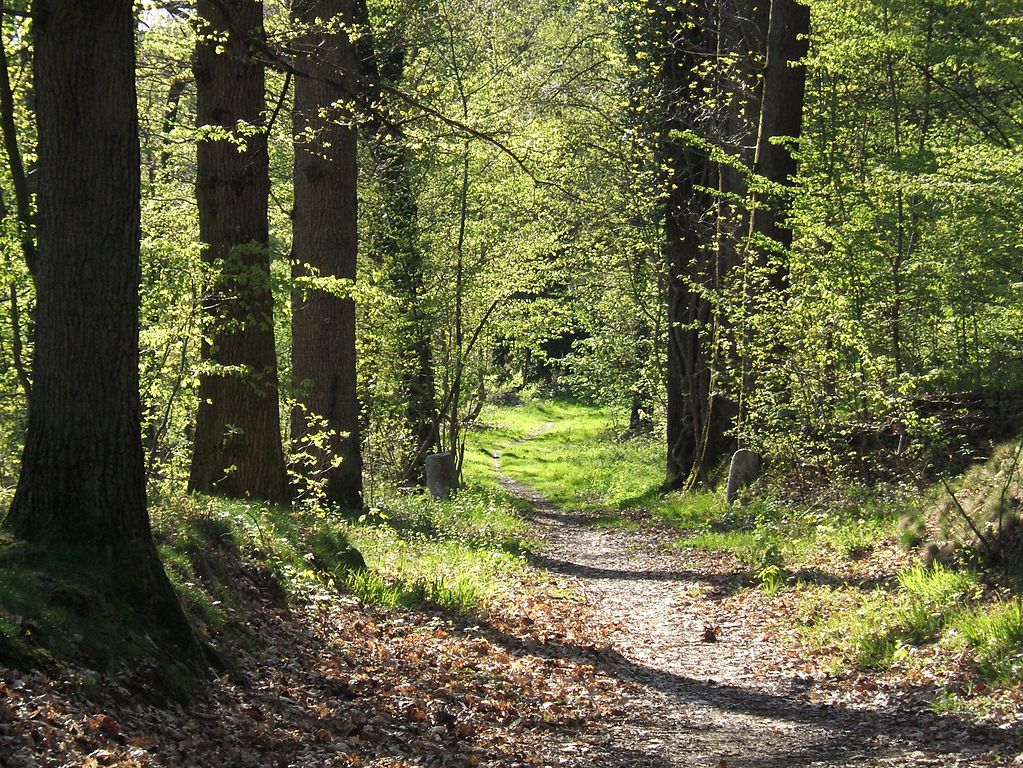
Libby Blanchard is second author on a new study which sets out a roadmap for accelerating nature-based climate solutions.
Efforts to slow the climate crisis have long sought to harness nature, often through carbon “offsets”, aimed at bolstering forests, wetlands and agriculture, but have generally had only marginal success so far.
But new research led by the University of Utah’s Wilkes Center for Climate Science & Policy on which Gates Cambridge Scholar Libby Blanchard [2012] is second author, offers a “roadmap” for accelerating climate solutions.
Published in the journal Nature, the paper analyses various strategies for improving such nature-based climate solutions, or NbCS, specifically exploring the role of the world’s forests in pulling carbon out of the atmosphere and storing it in long-lived trees and even in the ground. Nature-based climate solutions are human actions that leverage natural processes to either take carbon out of the atmosphere or stop the emissions of carbon to the atmosphere. They include reforestation and stopping deforestation.
The new study, which includes leading scientists from nine other universities as part of a Wilkes Center Working Group effort, identifies four components where nature-based climate actions have not lived up to their billing and proposes reforms to improve their performance and scalability.
Forests are the focus because of trees’ ability to store vast amounts of carbon that would otherwise be in the atmosphere, exacerbating the climate crisis. Conversely, deforestation, especially in the Amazon rainforest, is releasing carbon at an alarming rate.
About half the emissions associated with human activity are absorbed into plants through photosynthesis and oceans, with the rest building up in the atmosphere, where these gases trap heat. Terrestrial ecosystems pull 31% of anthropogenic emissions out of the atmosphere, according to the study. While forests are seen as Earth’s most vital carbon sponge, current rates of deforestation release 1.9 gigatons of carbon a year, on par with Russia’s annual emissions. Thus, “actions to halt and reverse deforestation are a critical part of climate stabilisation pathways,” the authors write.
The trouble with carbon offsets
Various programmes are in place for companies to mitigate their emissions through purchasing “carbon offsets”, which fund projects aimed at preserving or restoring forests. But as currently configured, these programmes are not delivering much in the way of climate benefits, according to Blanchard, a postdoctoral Research Associate at the University of Utah’s Anderegg laboratory.
“There are widespread problems with accounting for their climate impact,” says Blanchard, who is co-Chair of the Gates Cambridge Scholars’ Alumni Advisory Committee. She has spent years studying the impacts of offset programmes. “For example, despite the potential for albedo [a landscape’s capacity to reflect the sun’s energy back into space] to reduce or even negate the climate mitigation benefits of some forest carbon projects, calculating for the effect of albedo is not considered in any carbon-crediting protocols to date.”
To succeed, according to the study, a nature-based climate solution should do the following:
- Lead to net global cooling
- Result in additional climate benefits
- Avoid carbon “leakage”
- Store carbon long enough to make a difference
Finally, the study proposes structural reforms aimed at encouraging corporations to financially contribute to climate mitigation, as opposed to claiming credit for something that may ultimately provide little climate benefit. A contribution approach would be more scientifically accurate and legally defensible than the current system, potentially resulting in higher quality projects, the authors argue.
The four critical factors explained
The first piece of the roadmap calls for accounting for the various feedbacks to ensure that the NbCS results in an actual cooling effect on the climate. Planting trees can change a landscape’s albedo, for instance, planting dark conifer trees in a mainly snow-covered landscape can outweigh the carbon storage benefit and heat up the planet.
Next, the project must result in actions that would not have otherwise occurred.
“You have to change behaviour or change some sort of outcome,” says lead author and forest ecologist William Anderegg, a professor of biology and past Wilkes Centre director. “You can’t just take credit for what was going to happen anyway. One great example here is if you pay money to keep a forest from deforestation, but it was never going to be cut down to begin with, then you haven’t done anything for the climate.”
The third problem is known as “leakage”, which occurs when a climate action simply pushes a land-disturbing activity from one place to another.
And the fourth component addresses climate actions’ durability, or how long they will keep carbon out of the atmosphere. This is particularly important given the longevity of carbon dioxide molecules. When fossil fuels are burned, carbon that was permanently locked in geological formations is released into the biosphere, where it will cycle in and out of living things and landscapes for thousands of years.
A climate solution should always aim to keep carbon locked up for as long as possible, preferably at least a century. But drought, storms, insects, wildfire and other climate-related hazards can quickly negate any gains by killing trees.
“You have to know how big the risks are, and you have to account for those risks in the policies and programmes,” Anderegg said. “Otherwise, basically you’re going to lose a lot of that carbon storage as climate change accelerates the risks.”
The methods now in place, known as “buffer pools”, to account for these risks are not robust or rigorous currently, according to research by Anderegg’s lab, which expects to release a study soon highlighting potential fixes.
*The study appears in the journal Nature under the title, “Towards more effective nature-based climate solutions in global forests”, with contributions from several universities and non-profits. Funding came from the National Science Foundation.
**Picture credit: Tognopop and Wikimedia Commons.












